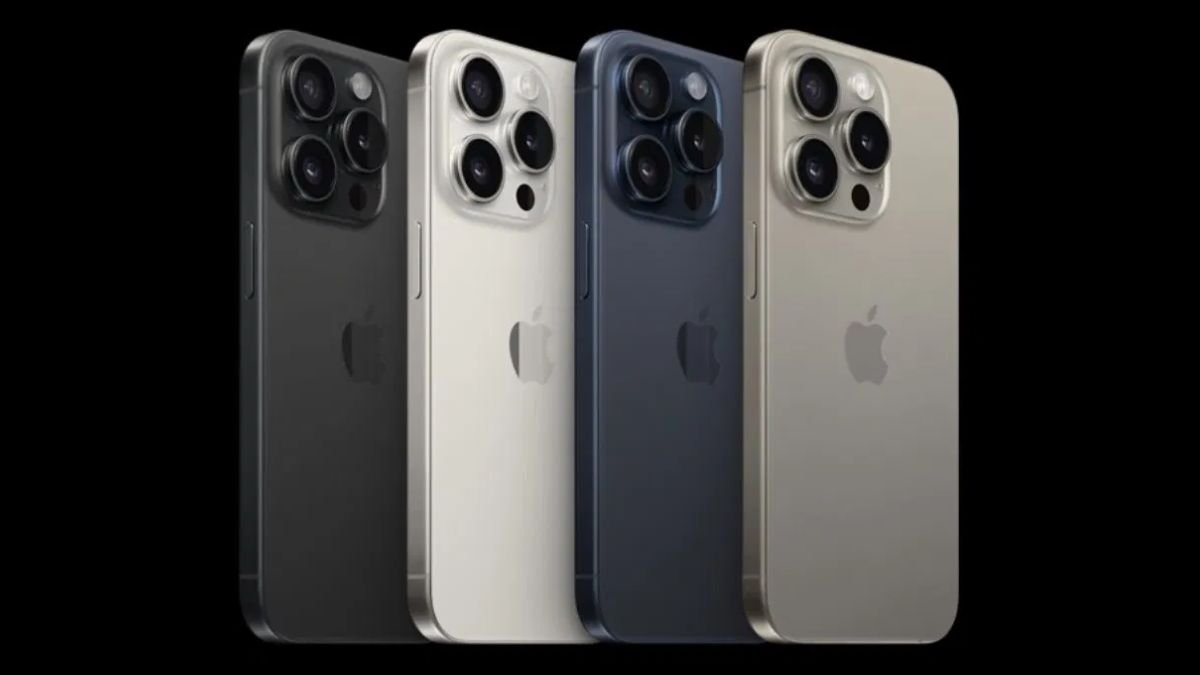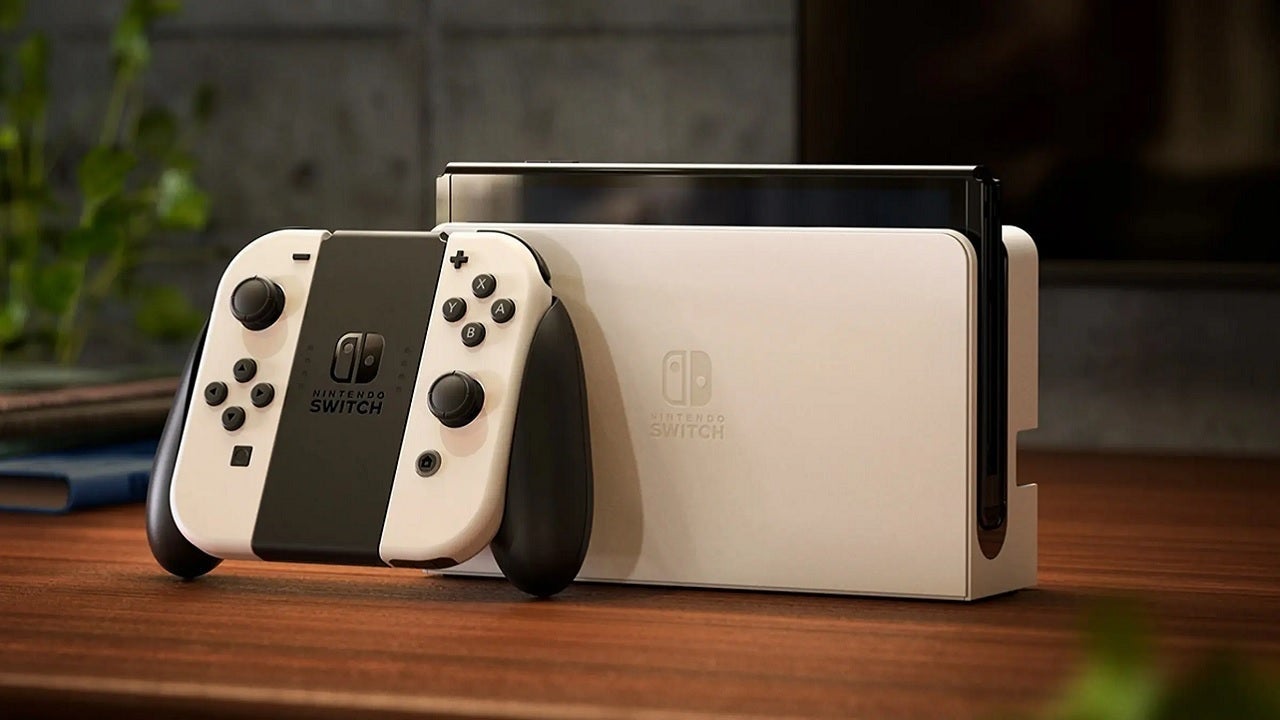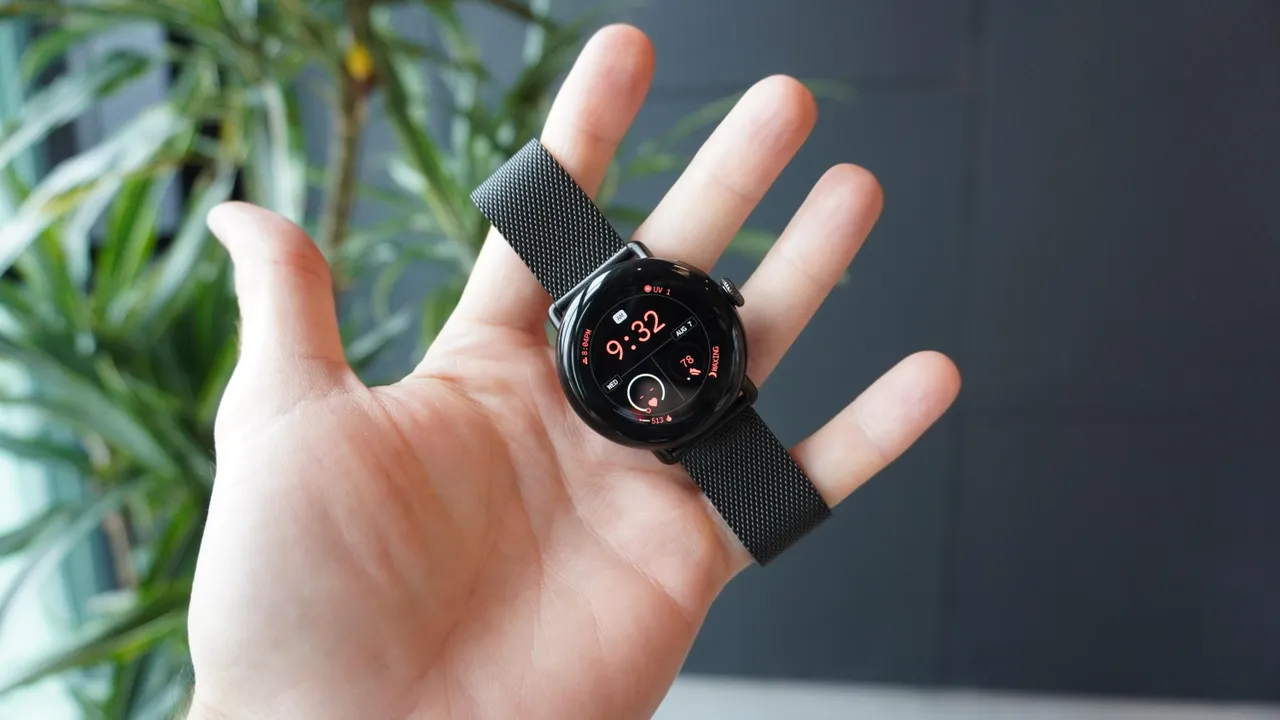Apple has been at the forefront of smartphone innovation for years, consistently pushing the boundaries of technology with each new iPhone release. However, recent reports suggest that the company may be facing a challenge with the upcoming iPhone 15 series – overheating.
Key Highlights:
- Apple is reportedly considering using graphene to address overheating issues in the upcoming iPhone 16 series.
- Graphene’s exceptional thermal conductivity could significantly improve the iPhone’s cooling performance.
- The implementation of graphene cooling could lead to a thinner and lighter iPhone design.
- Apple’s patent filing suggests a possible method of integrating graphene into the iPhone’s cooling system.

Overheating can be a significant issue for smartphones, leading to performance throttling, reduced battery life, and even potential damage to internal components. In the case of the iPhone 15, rumors indicate that the device’s powerful A18 Bionic chip could generate excessive heat during demanding tasks like gaming or video editing.
To address this potential issue, Apple is reportedly exploring the use of graphene, a revolutionary material with exceptional thermal conductivity. Graphene, a single layer of carbon atoms arranged in a hexagonal lattice, is known for its ability to dissipate heat efficiently, making it a promising candidate for improving the iPhone’s cooling performance.
Apple’s interest in graphene cooling is further evidenced by a recent patent filing detailing a method of integrating graphene into the iPhone’s thermal management system. The patent describes a graphene-based heat spreader that would be placed in close proximity to the device’s processor, effectively drawing away heat and preventing overheating.
If implemented, graphene cooling could have a significant impact on the iPhone’s design. Graphene’s exceptional thermal conductivity could allow for a thinner and lighter iPhone without compromising performance. Additionally, graphene’s flexibility and elasticity could make it suitable for integration into various iPhone components, further enhancing cooling efficiency.
While the adoption of graphene cooling technology remains a possibility, it is important to note that Apple has not yet officially confirmed its plans. However, the company’s history of innovation and its dedication to addressing potential issues suggest that graphene cooling could very well be a feature of the upcoming iPhone 16 series.
The potential use of graphene cooling in the iPhone 16 series represents a promising step forward in addressing overheating concerns. Graphene’s exceptional thermal conductivity could significantly improve the iPhone’s cooling performance, leading to a thinner, lighter, and more powerful device. While Apple has not yet officially confirmed the implementation of graphene cooling, its patent filing and history of innovation suggest that this technology could very well be a feature of the upcoming iPhone 16 series.








